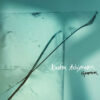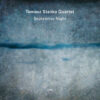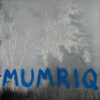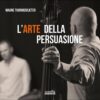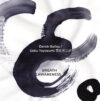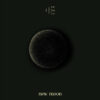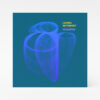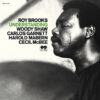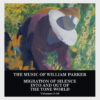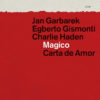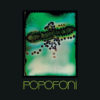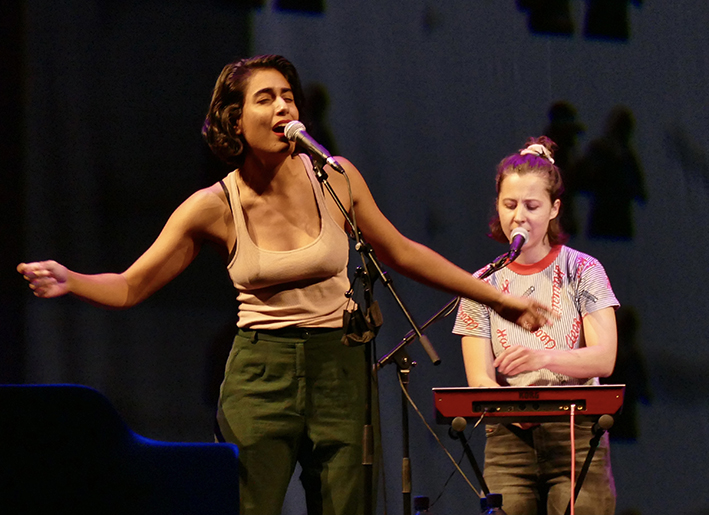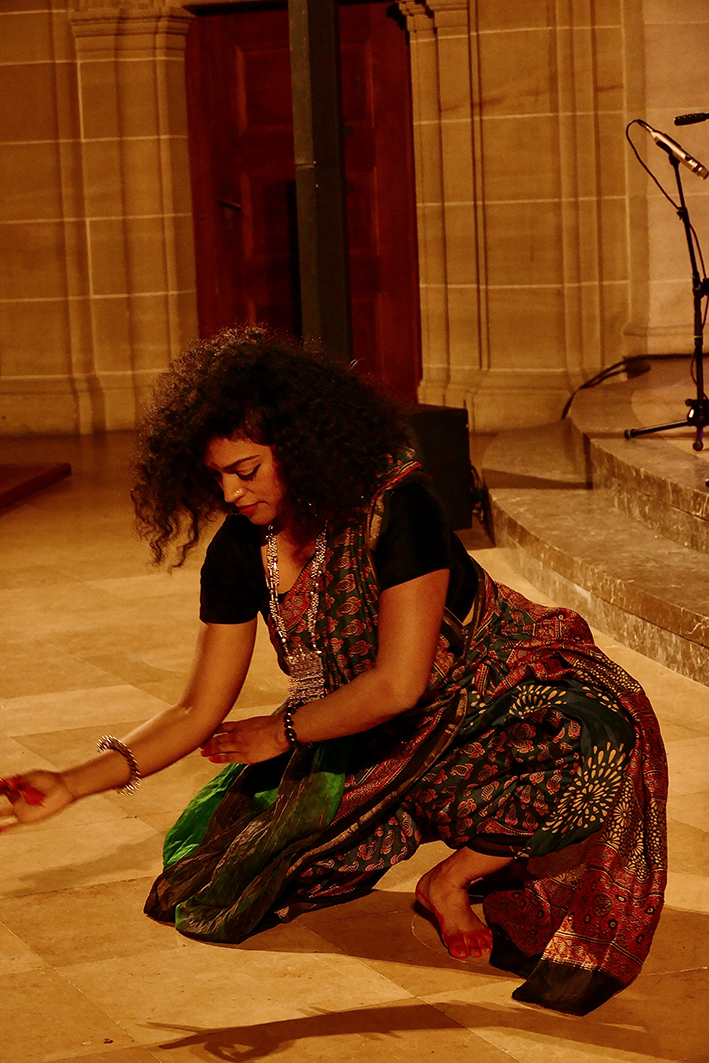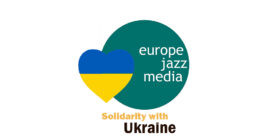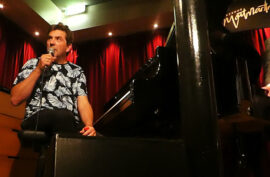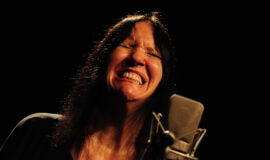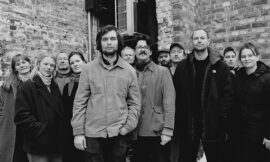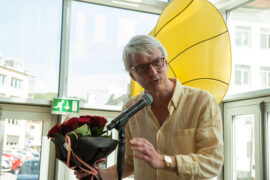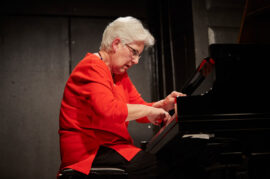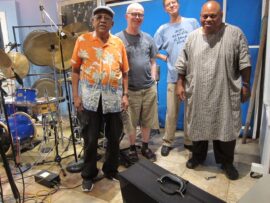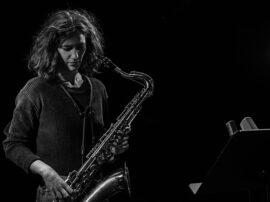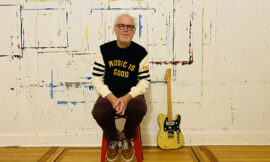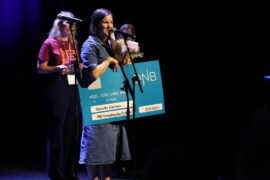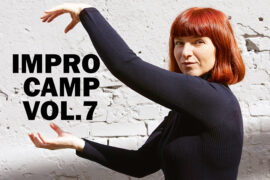ENJOY JAZZ, GERMANY, OCTOBER 01. – NOVEMBER 14. 2021, PART 2::Part 1 already opened the view on a vivid and variated regional scene in this southwestern part of Germany. The next chapters deepen the insight with respect to current poly-cultural influences and elaborations and with respect to a strong
historical impact of the region on the shapes of jazz (in Germany and elsewhere).
OMM ensemble
The late night show of the 16-piece ensemble of the Oriental Music Academy of Mannheim (founded in 2008) with Turkish, Romanian, Polish, Tunisian and Indian musicians that took place at illustrious and sparkling Christuskirche (Christ Church) in Mannheim was the most colorful, distinctive, surprising and enchanting event during my one-week stay at Enjoy Jazz. The more than 2-hour performance that brought together Turkish, Arabic and Indian musical culture and traditions on the foil of Western polyphony and counterpoint exceeded all expectations concerning the musical level and range as well as its consistency and dramaturgic structuring. Apparently it came forth from a deeper and wider spreading network in the region.
It was a quite special experience to see such a big group of passionate and capable musicians cumulatively creating a new kind of music. The only musician I actually knew was bustling oud-player Fadhel Boubaker, who is of Tunisian origin. I saw him during my one-week stay three times. The other musicians had to deploy themselves and make their mark. And they all did that as the ensemble’s sound unfolded with indulgence. There was stunning violinist and vocalist Güldeste Mamaç, a powerful woman taking her role with a wild determination and energy. There were the two versatile and driving percussionists, Tayfun Ates originating from Romania and Kasia Kadłubowska from Poland. There was Kenan Tülek’s stunning finger tapping work on the Bağlama and his great interplay with fellow musician Mehmet Ungan’s Bağlama and Rebab. After a while kanunista Muhittin Kemal and singer Serap Giritli joined and enriched the ensemble’s sound. Giritli’s radiant appearance gave the ensemble extra appeal and strength.
Mehmet Ungan, founder of the Academy, directed the ensemble, from the edge of the back row playing oud and new joined by the ouds of Abdelhade Deb and Fadhel Boubaker. Abdelhabe Deb also was the main vocalist in the first half of the concert. Deb and Boubaker were less visible but their presence could be felt and their contribution recognized clearly.
The most spectacular eye-catching part would take place in the second half: the South Indian Temple Dance (Bharata Natyam), performed by dancer Shany Sara Mathew and, performed by Talib Elmasulu, the Spinning Dance from the Sufi tradition, a meditation form performed within the Sema, the worship ceremony (also called whirling dervishes). Both were performed on the music of the musicians’ ensemble as an inspirational secular version.
Both dances forms have their own inventory and specific ways to derive from and speak to our senses, soul and spirit. While the Spinning Dance builds on the sensations of lengthy rotational movement, Bharata Natyam builds on movements and changing postures, on the dialectics and dynamics of the inner and outer of ourselves. It generated intense sensations of tension and relief as well as sensations of momentum (one of the highest values in jazz too). Even eye movements and gaze are integral part of the dance. Both dancers performed on a high level of inner freedom and discipline.
The whole evening in the colorful church space was full of breathing sound, gracious movement and inner swing. It was a luminous gala, exuberant, essential and ascending It made souls shine. It was proof of the important role beauty and creation play in and for our lives.
For a greater part the musicians involved are teachers at the Academy but the ensemble was more than just a teacher ensemble. Music and dance happened on a higher level. Continuing grow and improvement of the Academy is fostered by working structurally and continually with visiting teachers the results of which I could experience three years ago, 2018, in an extraordinary concert of legendary lyra-player Ross Daly from Crete and oud-player Yurdal Tokcan presented by the Academy and Enjoy Jazz.
Frau Sammer, Nola Dada and Eva Klesse
A young actress/songstress from Mannheim, an all-female Austrian post-pop and otherwise-post group, Frau Sammer, a songstress and professor from Mannheim with her band, a female drummer and professor from Hannover with her band – that was
the musical personnel of the last two days of my stay at Enjoy Jazz Festival.
Time after time Enjoy Jazz confronts me with interesting unknown things or unusual approaches and combinations. The band Frau Sammer was nothing less than a refreshing revelation. Frau Sammer, a Graz-Mannheim connection, is Tala Al-Deen (voc) (main picture), Antonia Manhartsberger and Theresa Höllerer (synth) (main picture) and Charlotte Baar (el-b). As actress Tala Al-Deen is member of Nationaltheater Mannheim. The group Frau Sammer sounded fresh and sassy, passionate and cool, sophisticated and disarmingly simple. The group’s work connected well with the creative language and vocal work I saw at recent Saalfelden Jazz Festival in Austria. It’s a new way of dealing creatively with everyday language and everyday day events by integrating that in musical storytelling with a new kind of intelligent lyrics (I wrote about it in a recent review of Saalfelden Jazz Festival). It would be worthwhile to explore more examples of this approach in jazz, rock and pop. Names as Ayse Cansu Tanrikulu and Jelena Kuljic’ come to mind here.
Eva Klesse (1986, Werl) is an acclaimed drummer and bandleader from Leipzig having worked with her band on high level since 2013. Propelling, intense and filligree: these are key characteristics of her playing constituting a special balance of nuance, power and imagination. “Creatures & States”, her latest album is a great blend of self reflection, humor and narrative mystification.
2018 she was appointed professor at Hochschule für Musik-Theater-Medien in Hannover, Germany. She is one of the few female exception at university level of jazz education in Germany. Another one is dancer/vocalist Fola Dada (1977, Stuttgart). In 2020 she was appointed professor for pop- and jazz singing at Hochschule für Musik-Darstellende Kunst in Mannheim. On Sunday she participated in a symposium on Intersectionality at Nationaltheater Mannheim (more on this symposium in an extra part) and gave a short elegant and energizing performance with her young band.
Drummer Eva Klesse is this year’s awardee of the most prestigious German jazz award, the SWR jazz price. It is the oldest award In Germany and was ever initiated by famous jazz pope Joachim E. Behrendt (1922-2000). For 40 years he was head of the jazz department of SWR, public radio of the federal states Baden Württemberg and Rhineland Palatia, and the most influential jazz organizer in Germany in the second half of 20th century. Eva Klesse is the 41st awardee succeeding Daniel Erdmann, Liz Kosack, Sebastian Gille and Christian Lillinger etc. in previous years. Meanwhile the award is surpassed by the much bigger new central German Jazz Award that had its premier this year.
Core-component of the award ceremony is a concert of the awardee. While last year’s awardee, saxophonist Daniel Erdmann played a joyful duo with pianist Aki Takase, Klesse chose for a two-step procedure that sandwiched the handing over of the award: first playing a round with the cornerstone of her music-making, her quartet with bassist Stefan Schönegg, pianist Philip Frischkorn and saxophonist Evgeny Ring and then a boosted round with her group together with Austrian guitarist Wolfgang Muthspiel. It turned out a made-to-to measure combination of truly mutually reinforcing impact.In the encore, a gorgeous new piece, “Hearts on Hold”, was premiered, a sophisticated, thoroughly shaped composition that deserves to be adapted for a real large ensemble to shine in even fuller splendor in the future. It is Klesse’s response to the pandemics.
Region’s impact on the shapes of jazz
Through the rich radio culture, among others, the region historically had a strong impact on the shapes of jazz. Enjoy Jazz is in November followed by the annual NEWJazz Meeting of the SWR, this year in its 52nd edition, and the renowned Donaueschingen Festival, which celebrates its 100th edition this year. Through the long and strong presence of the US Armed Forces in the region, jazz had a longstanding impact early on after WW II. Pianist/vibraphonist Karl Berger, born in Heidelberg and musically socialized in this context by among others Don Ellis and Leo Wright. He later founded the influential Woodstock Creative Music Studio together with Ingrid Sertso and Ornette Coleman and worked with among others with Don Cherry, Dave Holland, Sam Rivers, Bill Laswell. Bassist Eberhard Weber is another name as well as pianist Wolfgang Dauner. And, last not least Manfred Eicher is also from this region, namely from its most southern part at Lake Constance. Also a multitude of US-American and European jazz musicians came to the SABA studio of Hans Georg Brunner-Schwer to record for the now legendary MPS label. Later Bauer studio in Ludwigsburg fulfilled a crucial role in the early days of the ECM label.
Text and photos: Henning Bolte

